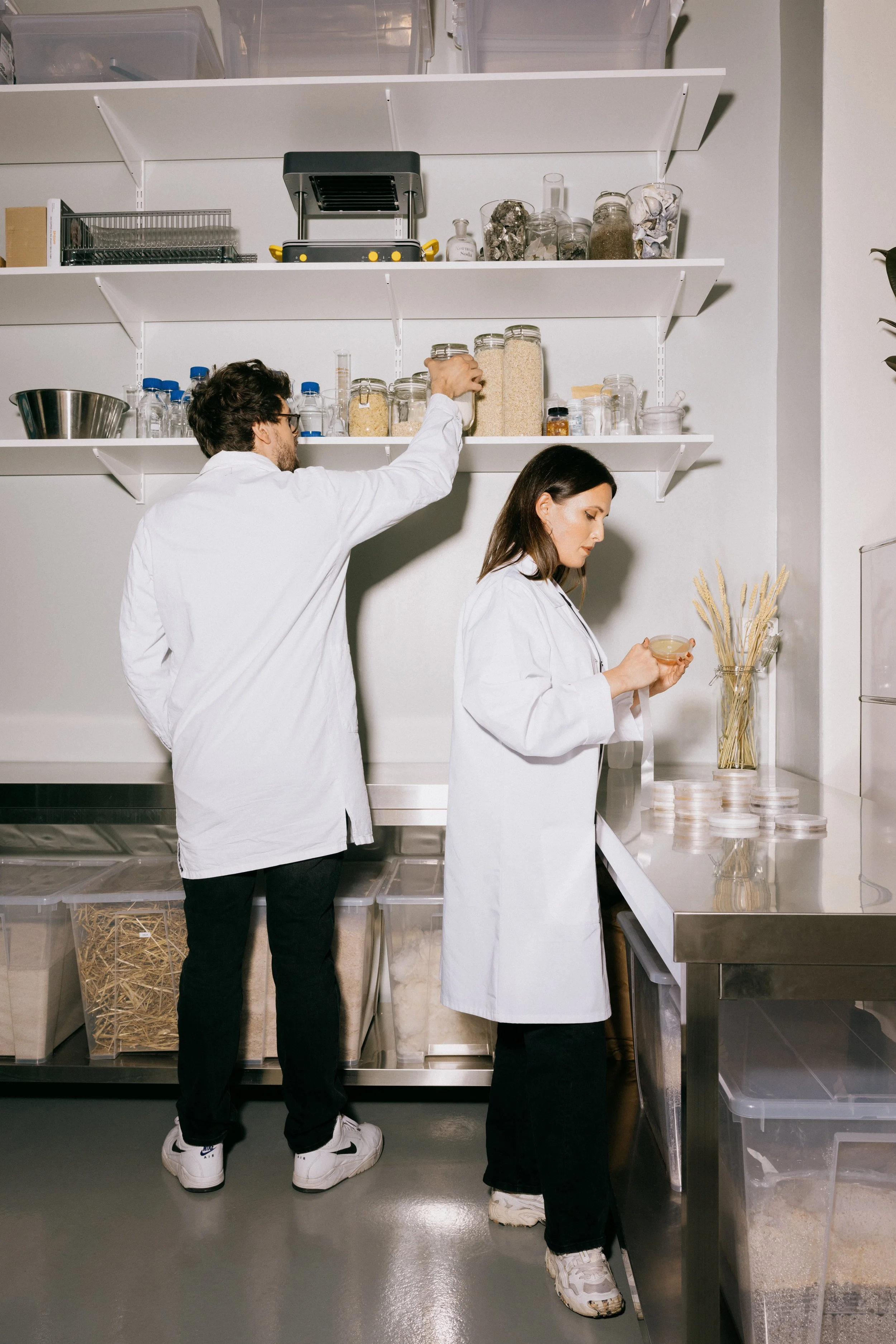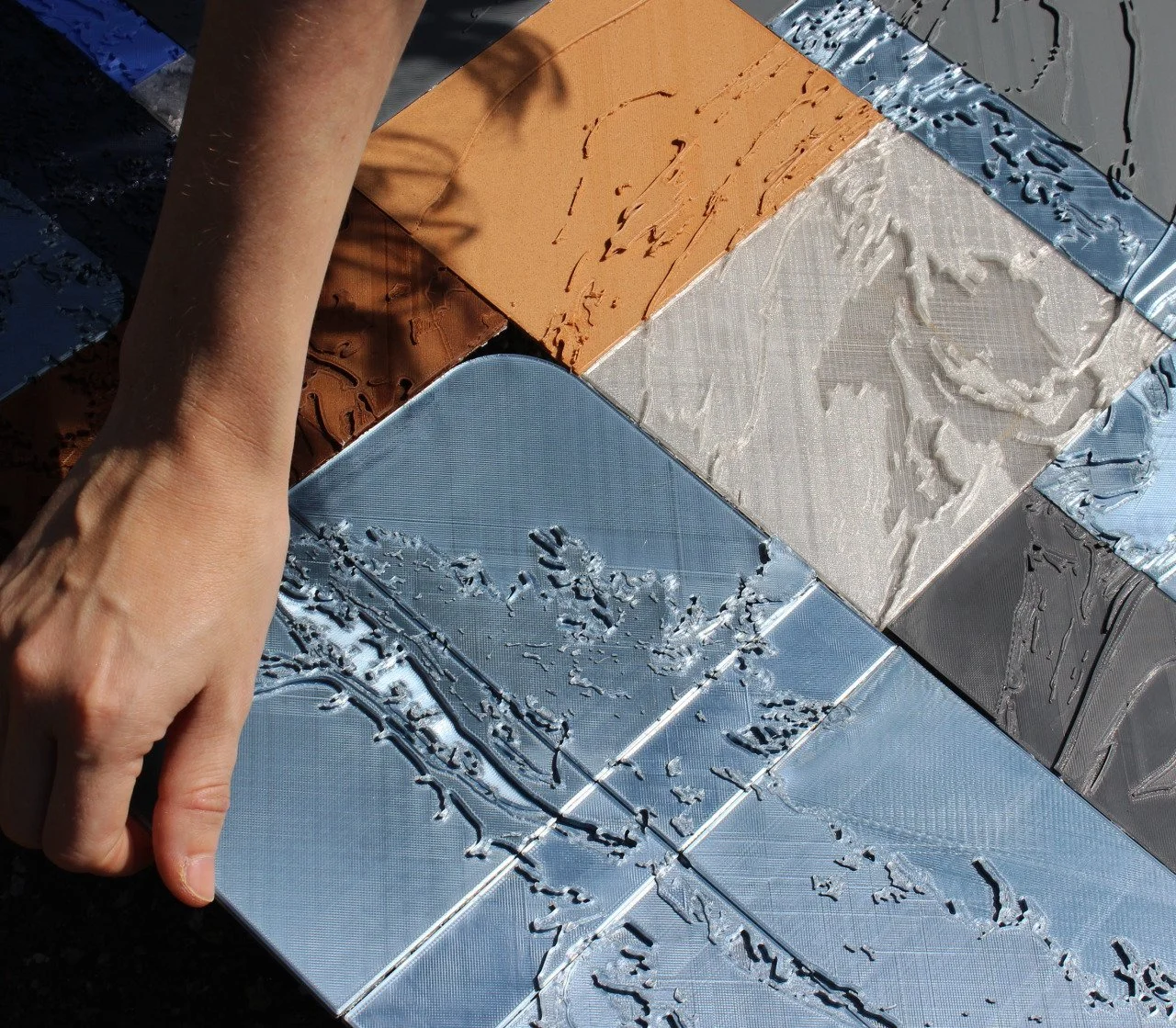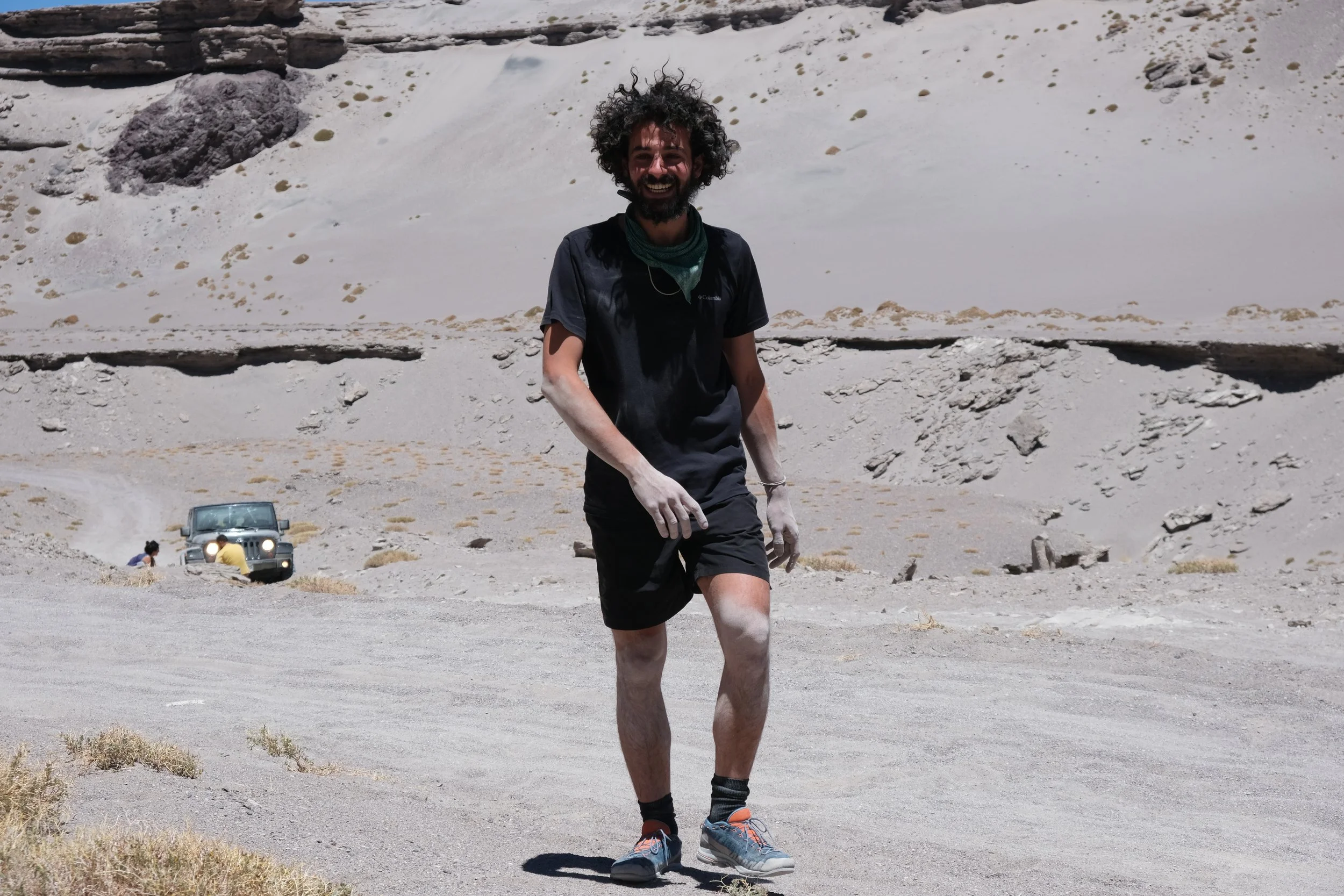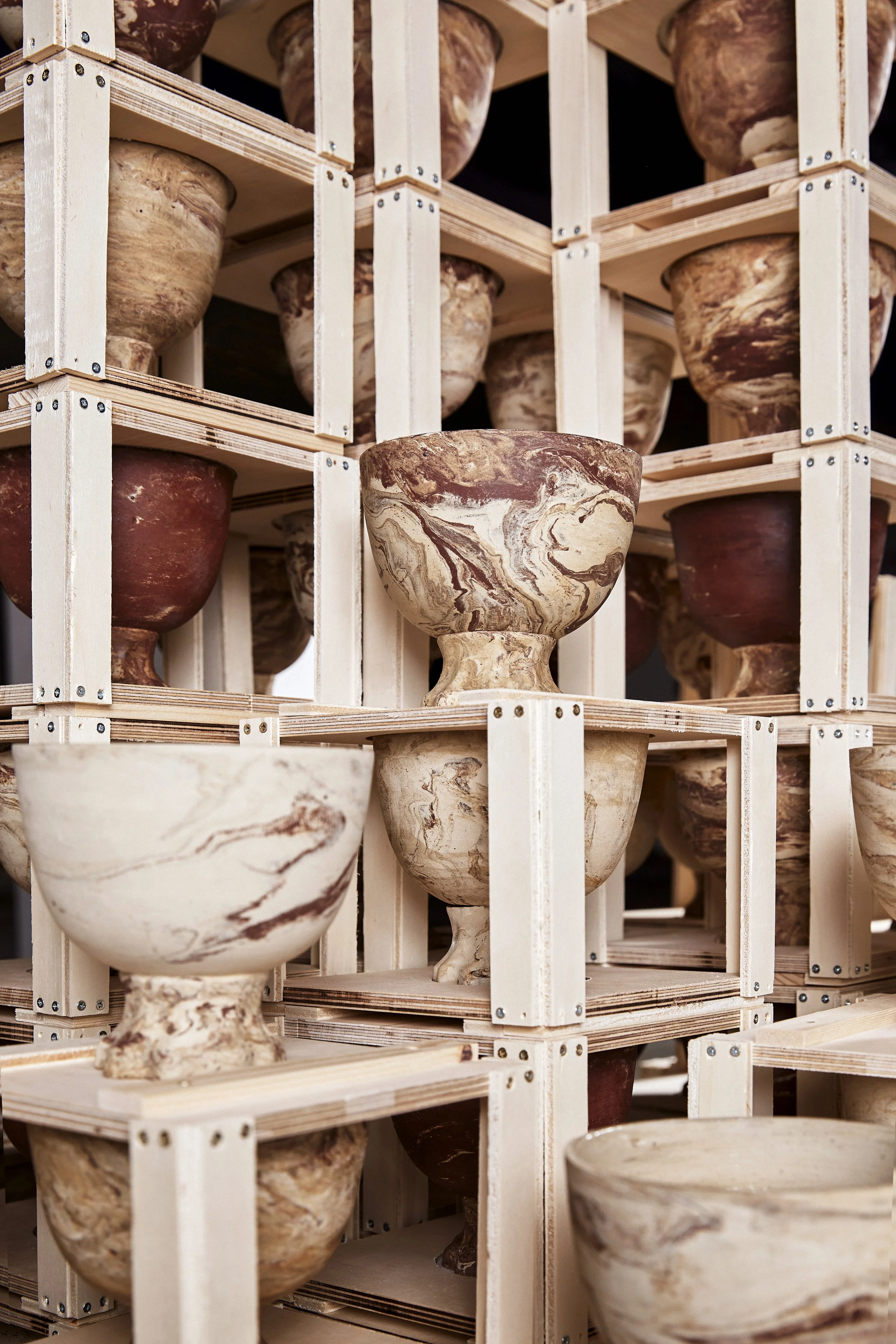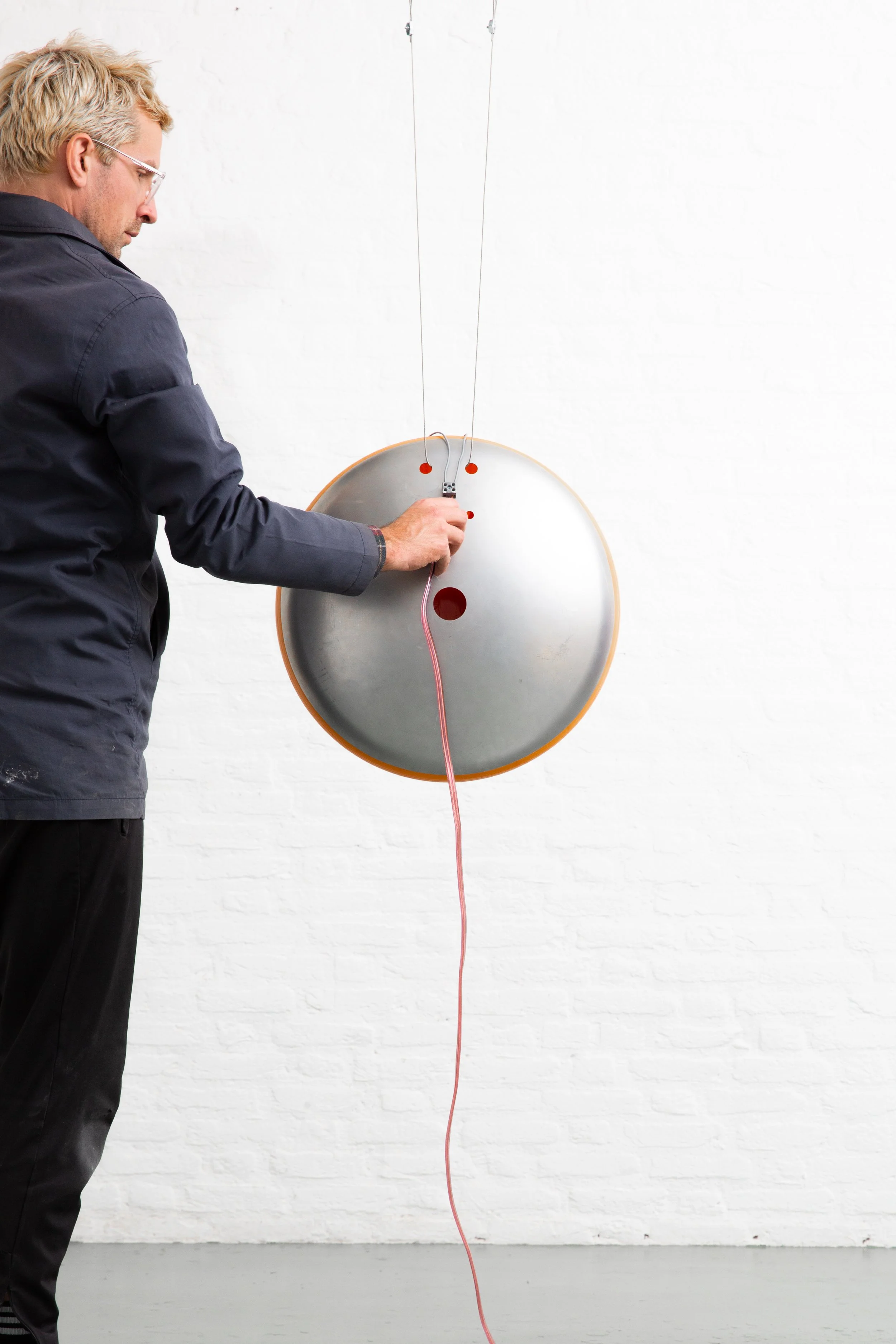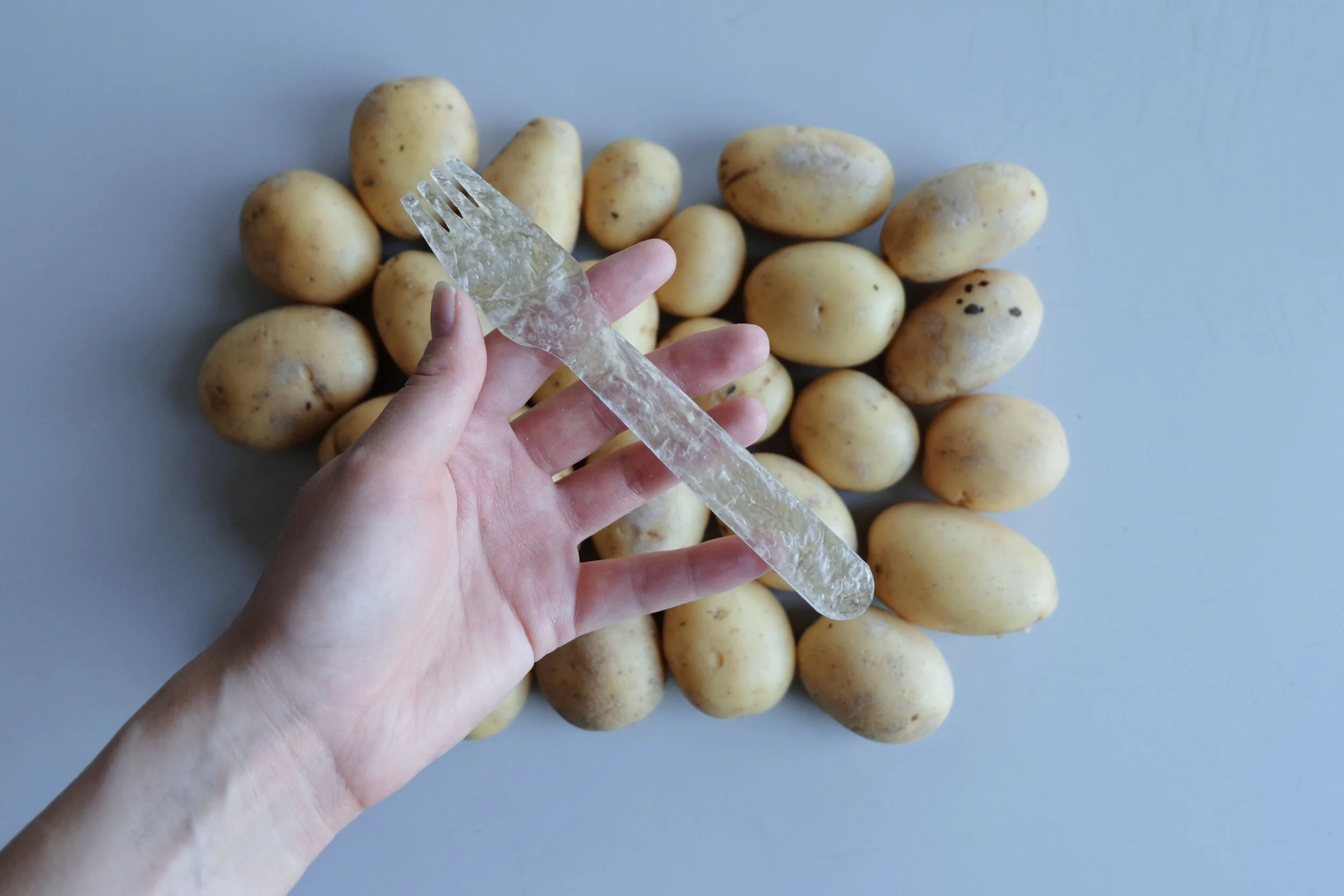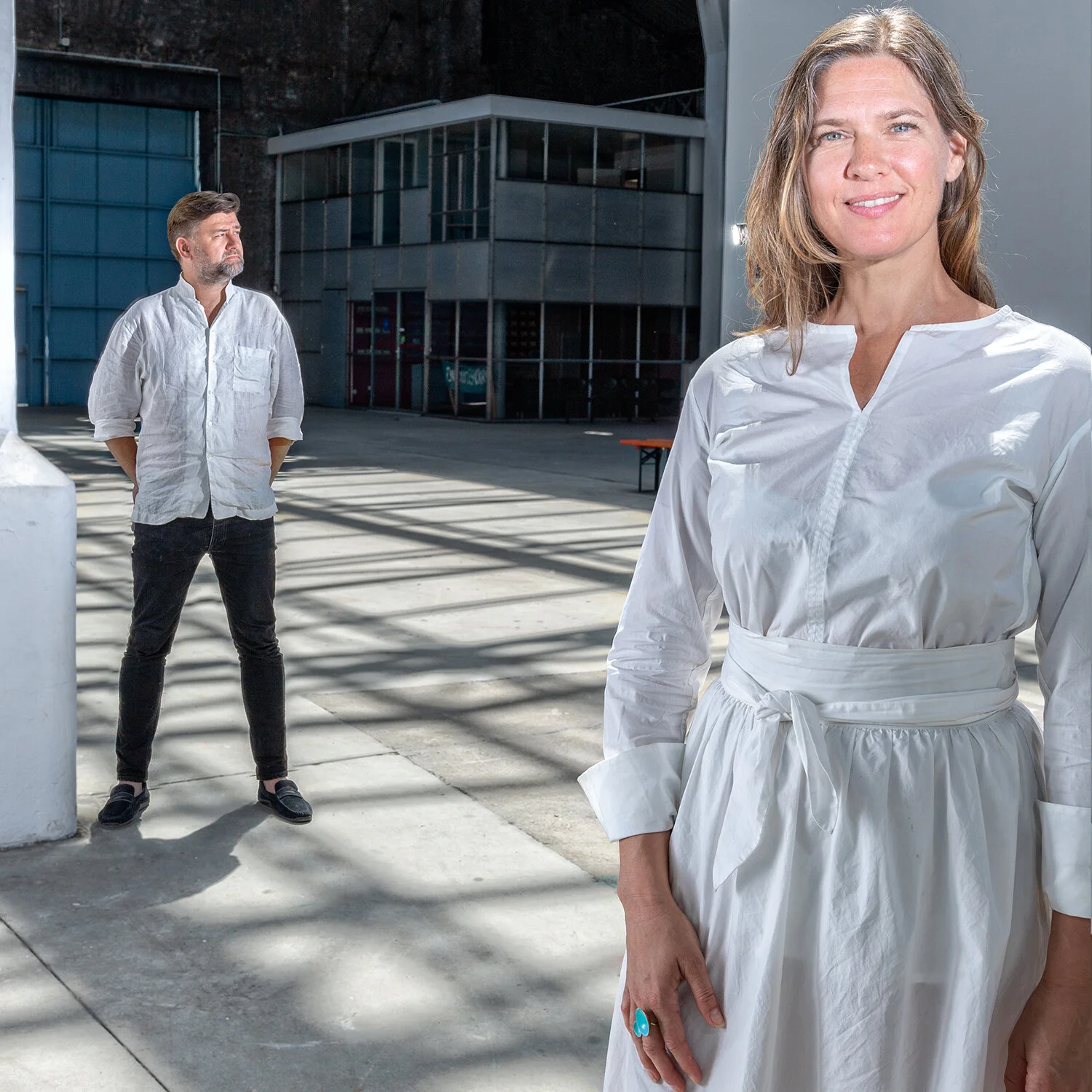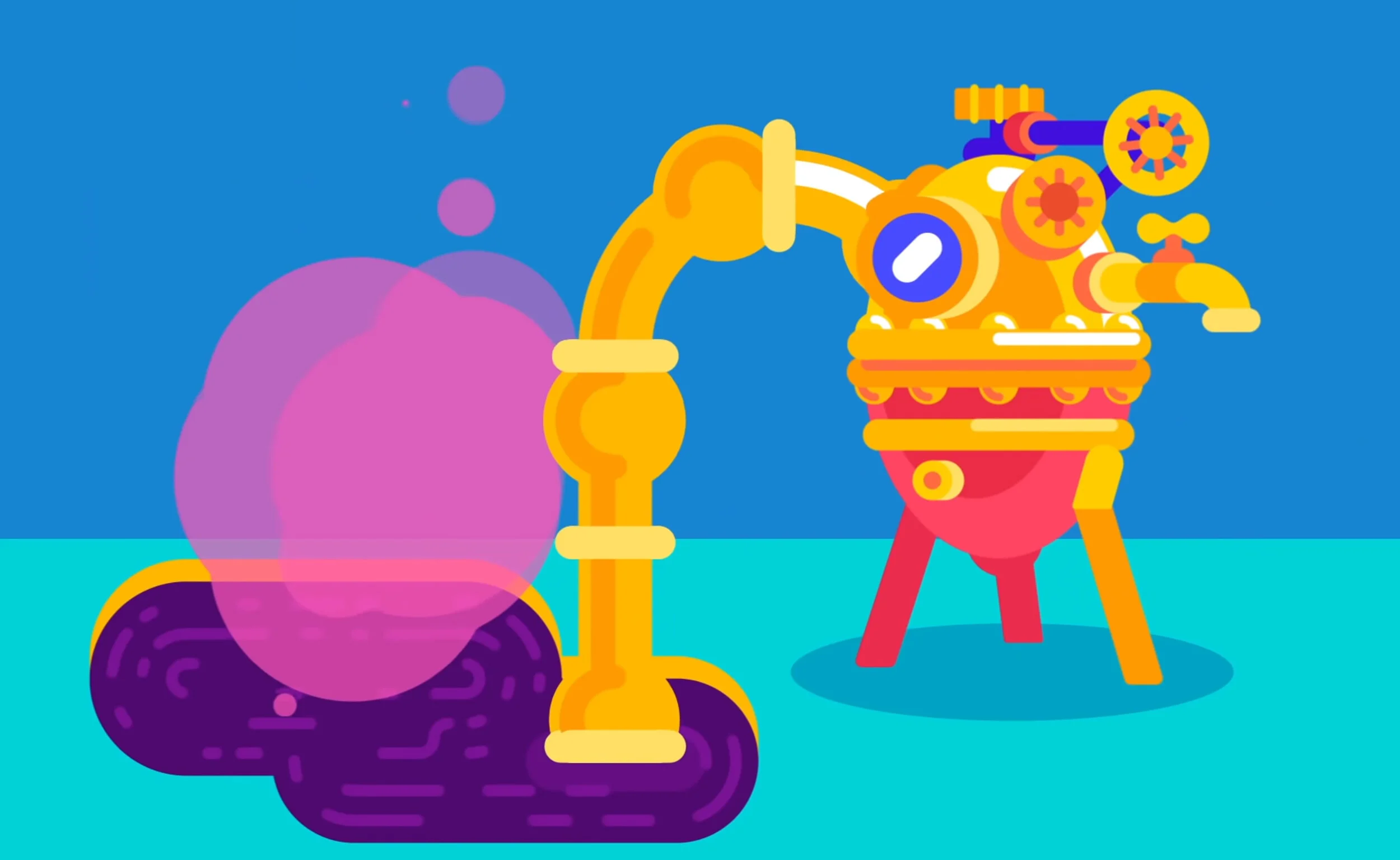Delphine Lejeune on Neo-lace, the history of domestic crafts and the potential of 3D-printing
‘Virgin Forest’
In a mini-series of short interviews, Maren Bang of the Elementa crew presents the work of some of her fellow alumni from Design Academy Eindhoven.
Delphine Lejeune is a visual designer and material researcher working experimentally across 2D and 3D printed surfaces. Her curiosities lie within designed objects, and how they critically shape our social behaviors.
#Maren: Tell us a bit about yourself and what led you to this field of practice!
I am originally from Belgium but spent most of my time abroad. I lived a few years in Peru where I started my career as graphic designer, before deciding to come back to Europe to study at Design Academy Eindhoven. Since graduation I have been based in Amsterdam. Next to my studies I started developing my practice as a visual designer. This allowed me to swing between graphic work and other design projects, and I could apply my school research into commissioned work for music labels and independent publications. In my current projects, the source material is often found, digital images that I extrapolate into objects through layers of reformatting, delineating the boundaries between digital and physical representations.
Collaboration with Jonathan Castro Alejos
#Maren: Do you have any preferred material when working 3 dimensionally?
To bridge the step between 2D and 3D, I mainly work with 3D printing. The open source concept around the medium makes it really rich, always offering new materials, new features to keep blurring the boundaries between physical and digital. The magic around it is that 3D printing can be used as the final outcome but also as a step during the process and thus generate endless possibilities to create.
#Maren: Can you tell me about your graduation project, ”Either Flowers Will Remain”?
I started my graduation project with the mindset to take that special time to try to find my own methodology and an autonomy during the making process (as it was Covid-time and I went through the frustration of not having access to any workshop to properly make things). Driven by the idea of learning by doing - and failing, I started to experiment with 3D printing. After some tests settings and material exploration, I found a visual connection with lace craft. That was the starting point of my graduation project. Between visual research and material exploration, I developed 3 computer textiles depicting endangered European flowers and a publication showing the relation between traditional lace making and my “Neo-lace”.
‘Either flowers will remain’
If industrialisation has caused the disappearance of national crafts and endemic flora alike, turning to the fragility of nature and craft in the digital age has an innovative potential. The revival of the lace making through 3D printing, explores the shifting relation between representation and ornamentation as a means of capturing the gaze. ’Either Flowers Will Remain’ is a series of floral portraits, depicting endangered European plants crafted as computer textiles following principles of the traditional manufacture of the craft. Appropriating the mannerisms of traditional lace in the process of digital image-making implies the recognition of a dynamic heritage.
‘Either flowers will remain’
During the visual research phase, I dived into the topic of women and domestic crafts by analysing digital archives about the working conditions of women in the eighteen and nineteen centuries. The connection between women and craft has a very long history, and women have been associated particularly with the crafts of the domestic sphere. Locked into a hierarchical system and without any labour rights, the lace makers did not have the creative freedom to explore and push the boundaries of their crafts during that period.
‘Either flowers will remain’
#Maren: What will be the next step for the project?
My graduation project was the starting point of a material research and a personal methodology of using 3D printing for flat surface outcomes. I am now looking for fundings to keep developing the project collaborating directly with lace crafters, to connect tradition and knowledge with new technologies.
Collaboration with Kurina Sohn as a part of the Genius Loci Residency with Many to Many
#Maren: You are also a part of a collective - how did you all come together and what do you do?
Many to Many, as a collective started last summer when I received an invitation for a self–initiated workshop created by five German female designers. They brought together 10 female artists and designers, to escape from the digital masses and enter into the physical world of a place - the Genius Loci of the former Stuben Monastery at Bremm, a small village alongside the Moselle. We, Lisa Ertel, Jenna Kaes, Hannah Kuhlmann, Juliana Maurer, Anne-Sophie Oberkrome, Clara Schweers, Kurina Sohn, Tatjana Stürmer, Adele Vivet and me met in Bremm for a 10 days workshop and embarked on a journey of self-reflection, creative exchange, and learning. The resulting artworks—which were later presented under the name ‘Genius Loci’—are based on a collection of stories and facts about the location and its surroundings, as well as some personal experiences during their stay, and represent our shared creative voice.
‘Endless Spring - Partition’ 3D printed PLA
After this rich experience, we decided to meet again, this time to work around the history of Cologne and we then presented a double show in Cologne at Mouches Volantes and Gold+Beton. Our next encounter will be in May, during a residency at Schloss Hollenegg in Austria where we will be working around the concept of “East to West” - exhibition topic of this year with our collective metholodogy, a mix of research and making, learning and exchanging all together.
‘BTT/R/UE’ designed by Delphine Lejeune, Clara Schweers and Kurina Sohn
Make sure to check out Delphine’s Instagram, website, or tumblr profile to see more of her work and upcoming projects!









